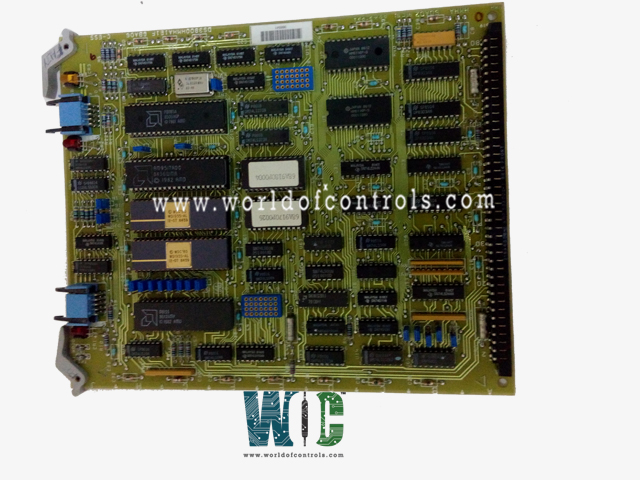
World Of Controls understands the criticality of your requirement and works towards reducing the lead time as much as possible.
DS3800HMHA1E - Microprocessor Control Board is available in stock which ships the same day.
DS3800HMHA1E - Microprocessor Control Board comes in UNUSED as well as REBUILT condition.
To avail our best deals for DS3800HMHA1E - Microprocessor Control Board, contact us and we will get back to you within 24 hours.
SPECIFICATIONS:
Part Number: DS3800HMHA1E
Manufacturer: General Electric
Series: Mark IV
Product Type: Microprocessor Control Board
Number of channels: 12
Analog Output Channels: 8
Output Impedance: 50Ω
Span: -10.00 to +10.00
Wide power supply range: 15 to 30 VDC
Operating temperature: -30 to 55 °C
Size: 8.25 cm high x 4.18 cm
Repair: 3-7 Day
Availability: In Stock
Weight: 2 lbs
Country of Origin: United States
FUNCTIONAL DESCRIPTION:
DS3800HMHA1E is a Microprocessor Control Board manufactured and designed by General Electric as part of the Mark IV Series used in GE Speedtronic Gas Turbine Control Systems. A Microprocessor Control Board is a fundamental component in electronic systems that oversees and manages various operations through a microprocessor—a compact computer integrated onto a single chip. These boards are essential across diverse applications, including industrial automation, consumer electronics, robotics, and automotive systems. Here are the primary aspects and functions of a Microprocessor Control Board:
WOC has the largest stock of GE Speedtronic Gas Turbine Control System Replacement Parts. We can also repair your faulty boards. We can also supply unused and rebuilt backed-up with a warranty. Our team of experts is available round the clock to support your OEM needs. Our team of experts at WOC is happy to assist you with any of your automation requirements. For pricing and availability on parts and repairs, kindly contact our team by phone or email.
What are the key functions of a Microprocessor Control Board?
Key functions include processing data, interfacing with external devices, executing control algorithms, communicating with other systems, managing power, and facilitating user interaction.
Where are Microprocessor Control Boards used?
Microprocessor Control Boards find applications in a wide range of industries, including industrial automation, robotics, consumer electronics, automotive systems, aerospace, and more.
What types of communication protocols do Microprocessor Control Boards support?
Microprocessor Control Boards can support various communication protocols such as UART, SPI, I2C, Ethernet, CAN bus, and more, enabling seamless data exchange with other devices or systems.